XRP'nin teknik raporunda ortaya konan temel mantık nedir ve bu yaklaşım, varlığın temel göstergelerine nasıl yansır?

XRP'nin temel işleyişi, hızlı ve düşük maliyetli sınır ötesi işlemleri kolaylaştırmayı hedefliyor
XRP'nin temel işleyişi, sınır ötesi işlemlerde hızlı ve düşük maliyetli çözümler sunarak bu alanda köklü bir dönüşüm sağlamayı amaçlar. Özellikle ödeme işlemleri için geliştirilen XRP Ledger, işlemlerin yaklaşık 3 saniyede tamamlanmasını mümkün kılar; bu süre, klasik bankacılık sistemlerine kıyasla çarpıcı bir gelişme sunar. Bu hızlı takas, değer transferini hızla gerçekleştirmek isteyen şirketler ve bireyler için büyük bir avantaj sağlar. Ayrıca XRP Ledger'da işlem başına maliyet yalnızca $0,0002 olup, sık uluslararası transferler için ekonomik bir alternatif sunar.
XRP'nin verimliliği, saniyede 1.500'den fazla işlemi işleyebilen yüksek ölçeklenebilirliğiyle daha da güçlenir. Bu yüksek işlem kapasitesi sayesinde ağ, büyük hacimli sınır ötesi ödemeleri tıkanıklık olmadan gerçekleştirebilir. XRP'nin klasik sistemlere kıyasla avantajlarını net şekilde görmek için aşağıdaki tabloya göz atabilirsiniz:
| Özellik | XRP | Geleneksel Bankacılık |
|---|---|---|
| İşlem Süresi | ~3 saniye | 3-5 iş günü |
| İşlem Maliyeti | $0,0002 | $25-$65 |
| Ölçeklenebilirlik | 1.500+ TPS | Manuel süreçlerle sınırlı |
Bu özellikler, XRP'yi uluslararası ticaret yapan finansal kuruluşlar ve işletmeler için son derece güçlü bir araç haline getiriyor. XRP'nin temel işleyişinden faydalanan şirketler, sınır ötesi ödemelerde hem süreyi hem maliyeti ciddi biçimde azaltabilir; bu da küresel finansal verimliliğin ve erişimin artmasına katkı sağlar.
Ripple Network, B2B pazarlarında anında likidite için XRP'yi kullanıyor
Ripple'ın On-Demand Liquidity (ODL) çözümü, B2B pazarlarında sınır ötesi ödemeleri dönüştürmek için XRP'nin benzersiz gücünden yararlanır. Bu yenilikçi sistem, önceden fonlanmış hesaplara ihtiyaç duymadan anında para dönüşümü ve takas sağlar. XRP, farklı fiat para birimleri arasında hızlı ve düşük maliyetli işlemleri kolaylaştıran bir köprü görevi görür. Bu yaklaşımın etkinliği, işlem hızı ve maliyetinde açıkça görülmektedir:
| Özellik | XRP | Geleneksel Sistemler |
|---|---|---|
| İşlem Hızı | ~3 saniye | 3-5 gün |
| İşlem Maliyeti | $0,0002 | $25-35 |
Bu veriler, XRP'nin B2B işlemlerinde sağladığı önemli avantajları ortaya koymaktadır. Ayrıca, saniyede 1.500'den fazla işlemi işleyebilen XRP, yüksek hacimli B2B ödeme akışları için güçlü bir çözüm sunar. XRP'nin karbon nötr olması ise, küresel pazarda sürdürülebilirlik odaklı iş uygulamalarına uyum sağlar. Regülasyon mevzuatı geliştikçe ve blokzincir teknolojisi daha fazla benimsenirken, XRP'nin sınır ötesi likiditeyi kolaylaştırmadaki rolü büyüyecek. Ripple'ın finansal kurumlarla kurduğu stratejik ortaklıklar ve XRP'nin dünya genelinde çeşitli ödeme koridorlarına entegrasyonu bu gelişimi desteklemektedir.
XRP regülasyon engelleriyle karşılaşsa da büyük bir potansiyel kullanıcı tabanını koruyor
Süregelen regülasyon sorunlarına rağmen, XRP geniş bir potansiyel kullanıcı tabanını bünyesinde barındırmaya devam ediyor. Özellikle ABD'de düzenleyici kurumların incelemesine ve hukuki anlaşmazlıklara maruz kalan XRP, sınır ötesi ödemelerdeki kullanımı ve artan kurumsal işbirlikleriyle dayanıklılığını gösteriyor. Aşağıdaki tablo, XRP'nin piyasadaki yerini özetlemektedir:
| Metrek | Değer |
|---|---|
| Piyasa Değeri | $158.565.652.483 |
| Dolaşımdaki Arz | 60.017.279.517 |
| 24s Hacim | $113.086.495 |
| Sıralama | 4 |
Bu veriler, XRP'nin piyasadaki güçlü varlığını ortaya koyar. Santander ve SBI Holdings gibi büyük finans kuruluşlarının XRP'yi benimsemesi, geleneksel finans alanında yaygın kullanım potansiyelini gösteriyor. Yaklaşık 3 saniyede gerçekleşen işlemler ve $0,0002 gibi düşük işlem maliyetiyle sunulan verimlilik, XRP'yi gelecekteki büyüme için avantajlı konuma taşır. Ayrıca, XRP'nin karbon nötr özelliği finans sektöründe çevresel hassasiyetlerle uyumludur. Regülasyon netliği XRP'nin geleceği için kritik olsa da, teknolojik üstünlükleri ve mevcut iş ortaklıkları, benimsenme ve kullanıcı tabanının büyümesi için sağlam bir zemin oluşturur.
Analistler, XRP fiyatının 2040 yılında $8,33 ile $14,51 aralığına ulaşabileceğini öngörüyor
Finans analistleri, XRP'nin performansını yakından izleyerek gelecekteki fiyat potansiyelini değerlendiriyor. Güncel piyasa eğilimleri ve blokzincir teknolojisinin benimsenme oranı göz önüne alındığında, uzmanlar XRP'nin 2040 yılına kadar önemli bir fiyat aralığına ulaşabileceğini öngörüyor. Bu tahmin, farklı sektörlerde blokzincir çözümlerinin yaygınlaşması ve hızlı sınır ötesi ödeme taleplerinin artmasıyla destekleniyor.
Bu öngörüleri daha net görmek için tahmin edilen fiyat aralıkları aşağıda belirtilmiştir:
| Yıl | Öngörülen Fiyat Aralığı |
|---|---|
| 2040 | $8,33 - $14,51 |
Bu rakamlar, XRP'nin şu anki fiyatı olan $2,642'den ciddi bir yükselişi ifade etmektedir. Olumlu beklentiler, blokzincir teknolojisinin küresel ölçekte benimsenmesi ve XRP'nin finansal işlemlerde dönüşüm yaratma potansiyeline dayanıyor. XRP Ledger'ın sunduğu yaklaşık 3 saniyede işlem tamamlanması ve $0,0002 işlem maliyeti gibi özellikler, dijital varlık sektöründe onu güçlü bir rakip haline getiriyor.
Bu tahminlerin spekülatif olduğunu ve regülasyon, teknoloji gelişimi ve piyasa koşulları gibi çeşitli faktörlere bağlı olarak değişebileceğini unutmamak gerekir. Yatırımcılar, bu uzun vadeli öngörülere temkinli yaklaşmalı ve karar öncesi kapsamlı analiz yapmalıdır. Kripto para piyasasının oynaklığı ve blokzincir teknolojisindeki değişim, XRP'nin gelecekteki potansiyelini değerlendirirken dengeli ve bilinçli bir yaklaşım gerektirir.
SSS
XRP coin iyi bir yatırım mı?
XRP, yüksek volatilitesi ve sıkça gündeme gelmesiyle yüksek getiri potansiyeli taşır. Güçlü teknolojisi ve iş ortaklıkları sayesinde kripto piyasasında uzun vadeli yatırım için umut verici bir seçenek oluşturur.
1 XRP'nin 5 yıl sonraki değeri ne olacak?
Mevcut eğilimler ve olası benimseme dikkate alındığında, 1 XRP'nin değeri 5 yıl içinde $300 ile $600 arasında olabilir; bu, küresel finans sistemlerine entegrasyon düzeyine bağlıdır.
XRP $1.000'e ulaşır mı?
Evet, XRP'nin $1.000 seviyesine ulaşma potansiyeli vardır. Artan piyasa değeri ve benimsenme ile XRP, küresel finans sistemine entegrasyon sayesinde bu hedefi 2030'a kadar yakalayabilir.
XRP $20'ye çıkabilir mi?
Evet, XRP'nin $20 seviyesine ulaşma potansiyeli bulunuyor. Piyasa eğilimleri ve sınır ötesi ödemelerdeki teknolojik gelişmeler bu ihtimali artırıyor. Tahminler, bunun önümüzdeki yıllarda gerçekleşebileceğini gösteriyor.

2025’te XRP’nin Temel Analizi: Değerini Belirleyen Başlıca Faktörler Nelerdir?

2025 yılında XRP'nin White Paper'ı ve kullanım alanları için temel analiz nedir?

XRP Token Ekonomik Modeli, Geleneksel Kripto Paralarla Karşılaştırıldığında Nasıl Farklılıklar Gösteriyor?

Stellar (XLM), sınır ötesi ödemelerde XRP ile nasıl karşılaştırılır?

Kripto projelerinde token ekonomik modeli, paydaşların çıkarlarını nasıl dengeler?
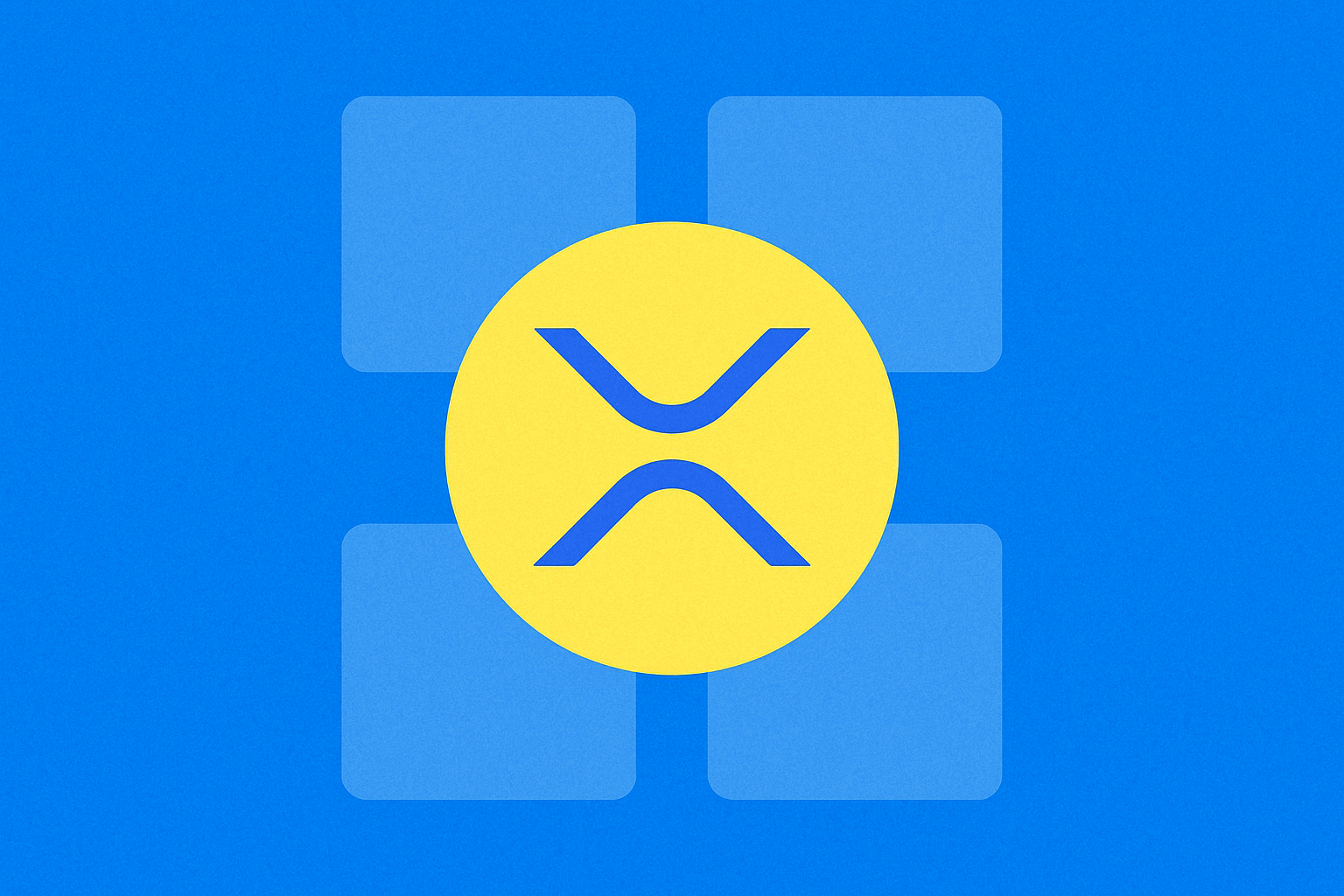
XRP'nin token ekonomik modeli, diğer kripto paraların çoğundan hangi yönleriyle ayrışır?
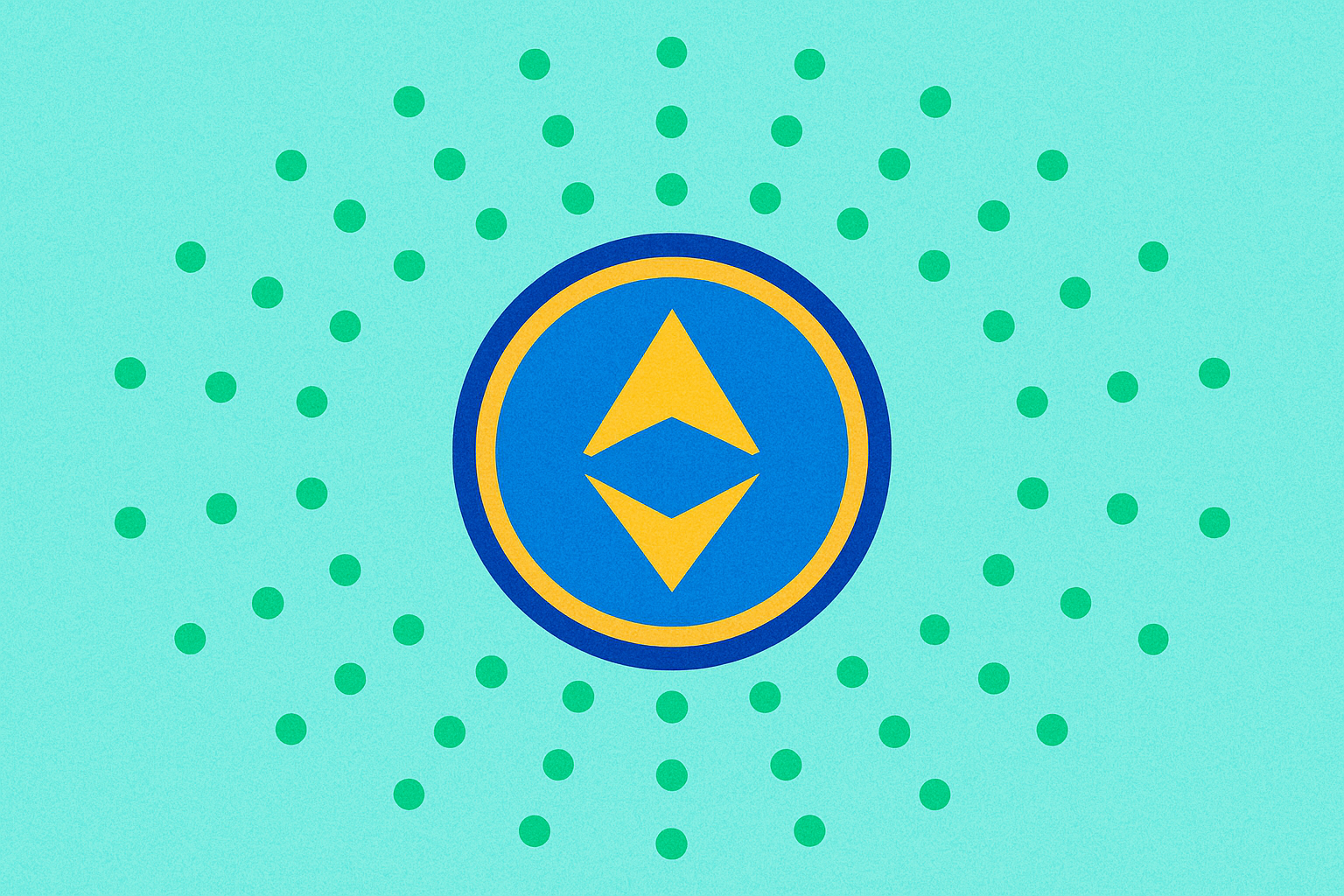
ENS Alan Adları: Web3’te Kimlik Yönetimini Kolaylaştırıyor
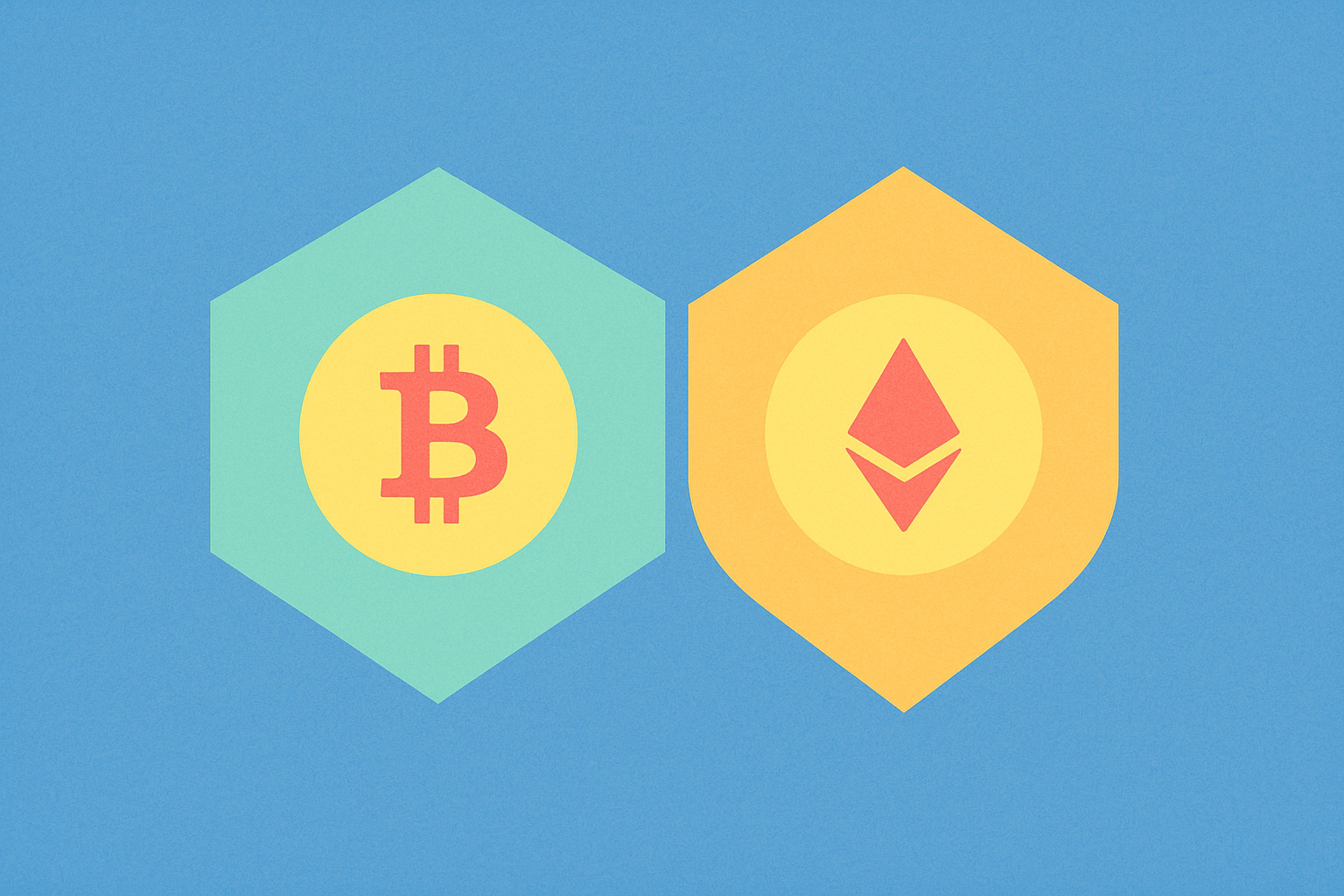
Kripto para birimlerinde çift harcama sorununun anlaşılması
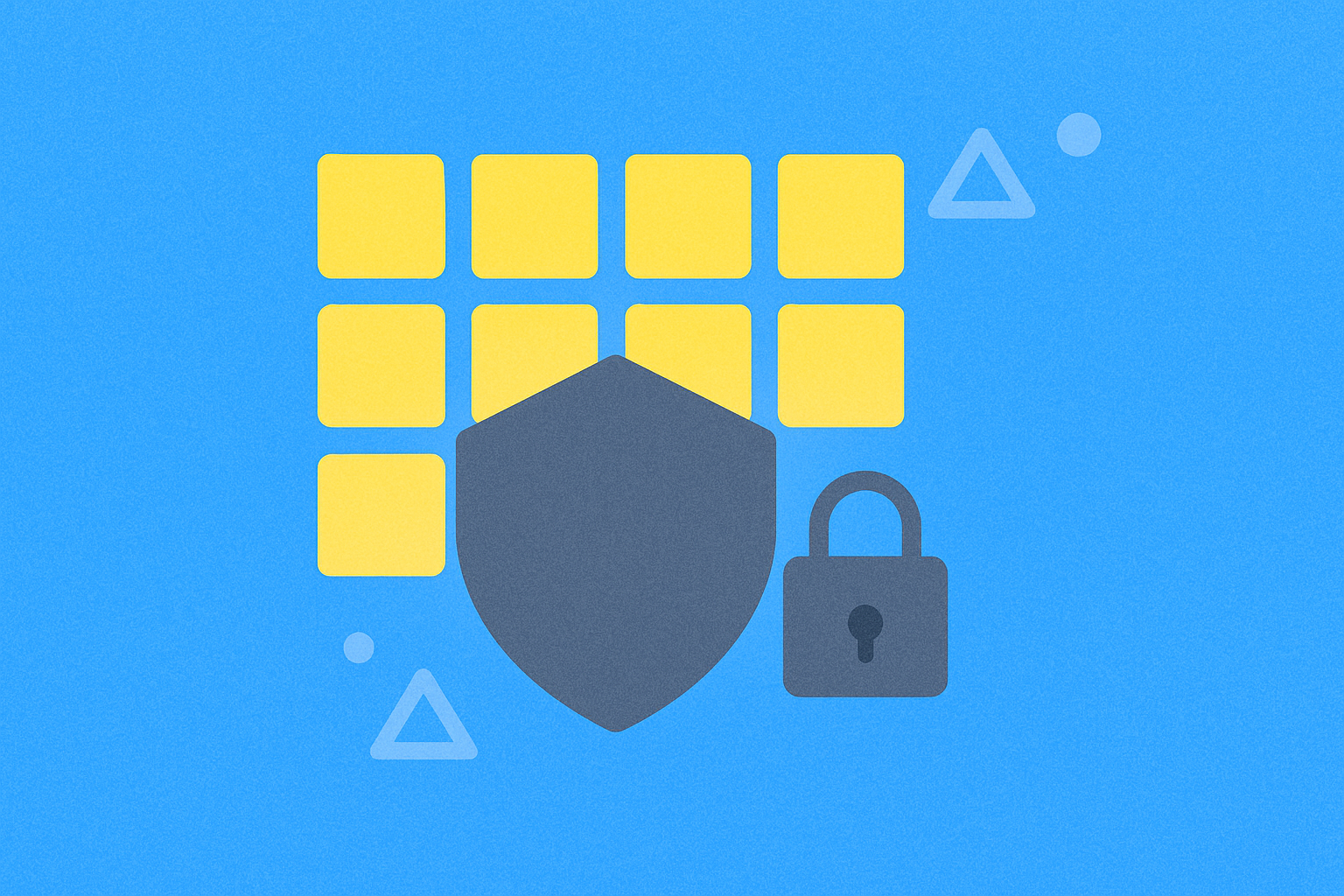
Kripto paralarda Mnemonic ifadelerin kavranması
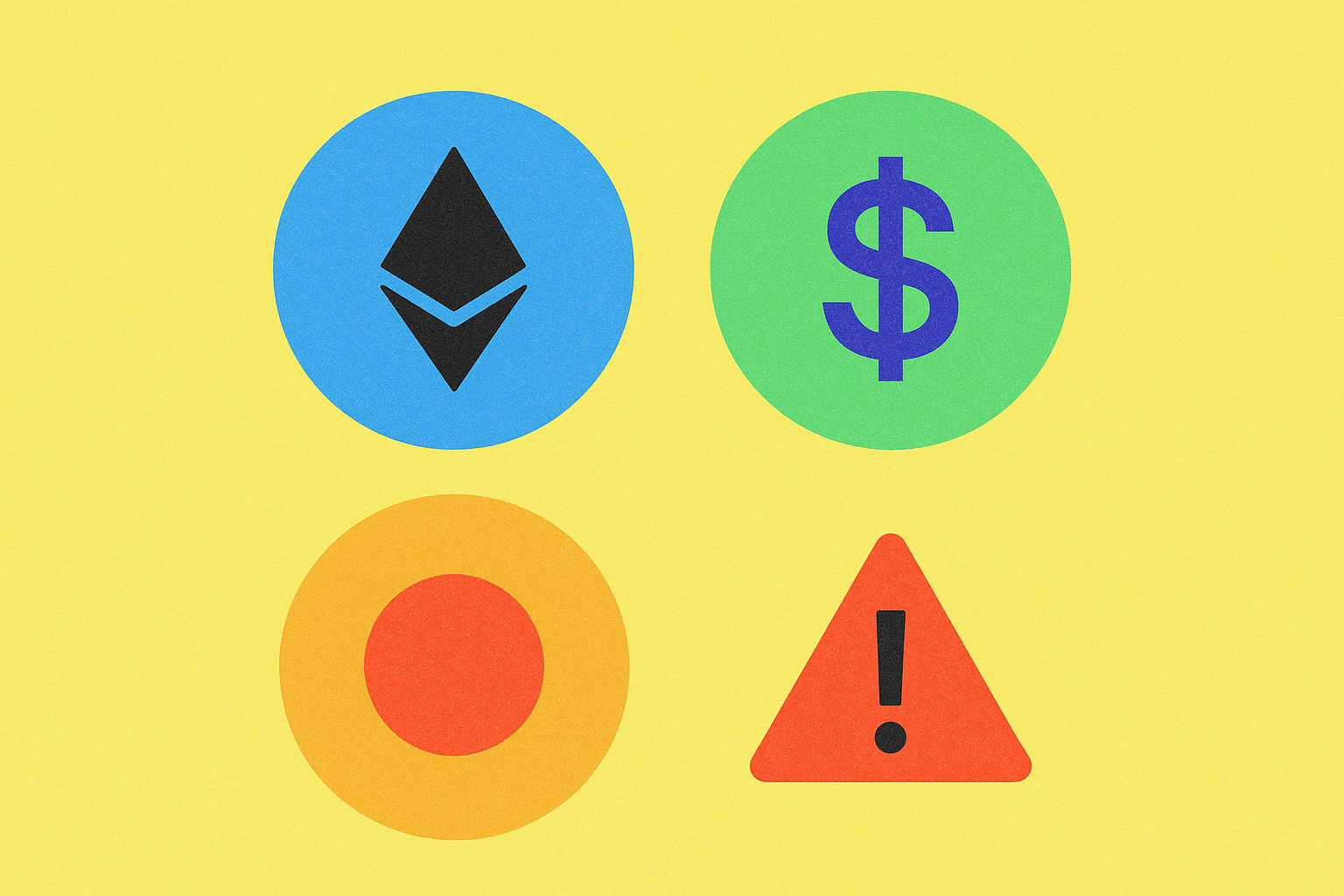
Ethereum Katmanı 2'de Yenilikçi Ölçeklendirme: Geleceğe Milyon Dolarlık Atılım

En İyi Layer 0 Blockchain Çözümleri ile Güçlü Bir Altyapı





